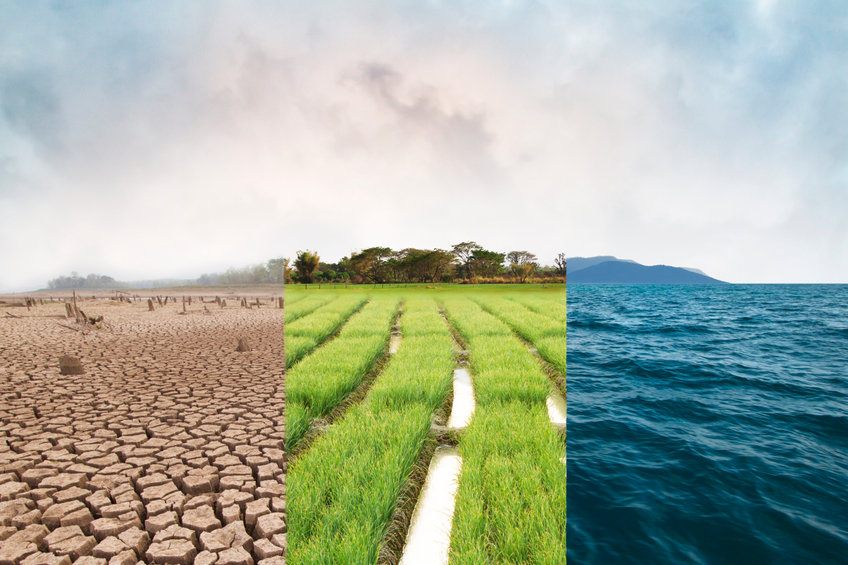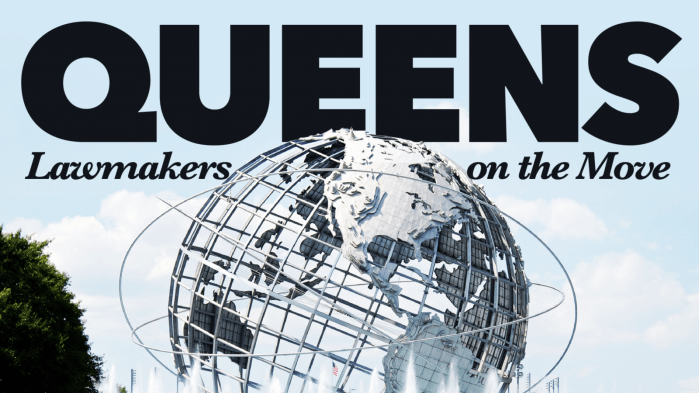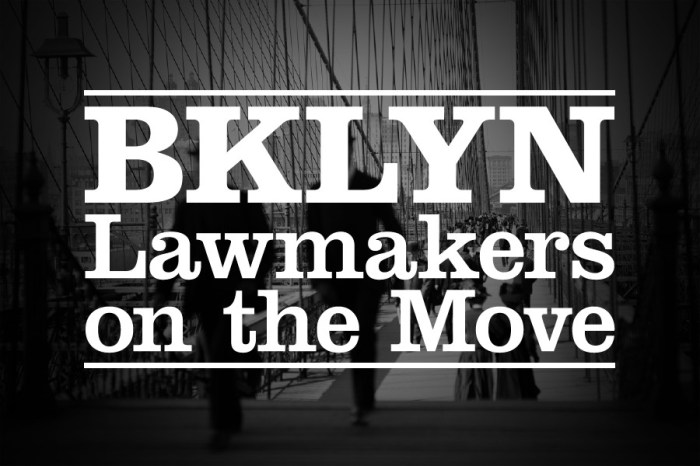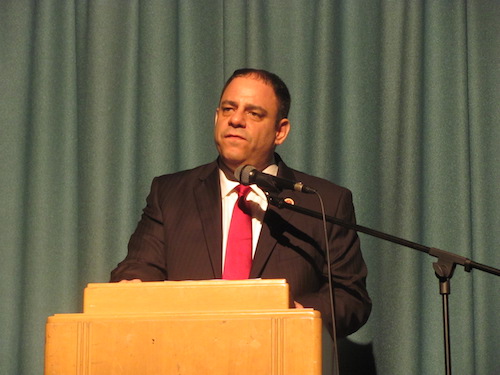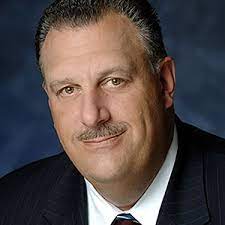

With the increase in frequency of flood level hurricanes, brutal heat, and constant unpredictable weather, it is clear climate change is here. As the biggest city in the country and one that the whole world looks to, New York City has a responsibility to lead on climate in a balanced and intelligent way – while there’s still time to act. So, what more can be done?
A lot, according to a new report released by Cornell University’s Labor Leading on Climate initiative. The Climate for Change report finds that despite how ambitious New York’s climate goals have been, the urgency of the moment and the magnitude of the crisis demand even more from us. To put that in perspective: even if we built solar fast enough to meet our solar energy target, we’d still only produce enough to meet 9% of New York’s summer electricity needs.
But that challenge also presents an opportunity: an opportunity to be better environmental advocates and stewards in a way that creates economic opportunity for those who need it most. The Climate for Change report most certainly makes that clear — outlining a climate jobs action plan, which comprises a suite of concrete policy recommendations that cover buildings, energy, transportation, resilience and adaptation, and workforce development. One of the most notable recommendations included in the plan is the call to decarbonize all K-12 public schools, NYCHA buildings, and NYC Health + Hospitals facilities by 2030, a move that would cut carbon emissions and pollution; improve indoor air quality, and create pathways to good union jobs in frontline communities.
This climate jobs plan would also create one million jobs right here in the city—high-quality union jobs that pay family-sustaining wages with benefits, training, and retirement security. With millions of dollars in unallocated federal infrastructure and relief funds sitting at City Hall, we’ve never been in a better position to make bold, pro-worker climate investments.
As leaders of Climate Jobs NY, a coalition of unions representing millions of working New Yorkers, we stand behind this climate jobs vision for our city. Workers are already on the frontlines of climate change. We rebuilt after Sandy, cleaned up flooded public schools after Ida, and are working hard to build renewable energy infrastructure. That’s why we are calling on Mayor Adams and the City Council to join us in our climate jobs vision and, in particular, invest in Carbon-Free and Healthy Schools by funding retrofits and upgrades to antiquated heating and air conditioning systems, aging rooftops, and outdated electrical systems, along with the installation of solar panels. New York’s students, educators, communities, and school workers deserve better, and with energy costs representing the second-highest costs for schools after personnel, the savings will benefit all New Yorkers.
In addition to retrofitting and upgrading the city’s public buildings, the report lists other priority climate jobs investments that the Adams administration ought to consider, including:
- Energy: Make NYC an offshore wind hub with goals to install 15 gigawatts by 2045 and investigate potential to develop green hydrogen hubs.
- Transportation: Construct the Triboro transit line, a direct connection between Brooklyn, Bronx, and Queens with potential expansion to Staten Island and a bus rapid transit corridor on Utica Avenue by 2030. Install 300 miles of protected bike lanes and 150,000 bike shelters and expand Citibike access to all five boroughs.
- Resilience and Adaptation: Install cool roofs and green roofs on 100% of NYC buildings by 2030. Convert 10% of New York City to permeable Open Streets by 2030.
- Workforce Development & Job Creation: Increase funding for direct-entry pre-apprenticeships, advocate for the State to remove community hiring barriers, and use Project Labor and Labor Peace Agreements on all NYCEDC work.
We must seize the moment and meet the challenges that climate change presents us head-on. Both the crises of climate and inequity demand it, with the Cornell researchers finding that the pandemic exacerbated already devastating levels of racial and economic inequality.
New York City has the opportunity to make generational investments in workers and communities–investments that are absolutely critical to protecting the future of this city we all know and love. But we must act now and put our public monies to work. Together, we call on the Mayor, the City Council, and all decision-makers to ensure that our climate and working people remain paramount in this year’s budget process. There’s too much at stake, otherwise.
Gary LaBarbera is the Building Trades President, and Vincent Alvarez is the NYC Central Labor Council President.


